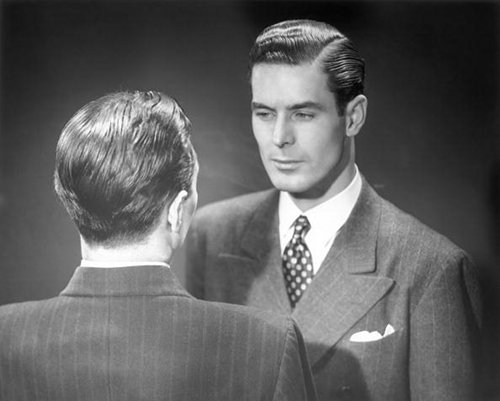The most accurate predictor of a person's true attitudes as
well as feelings is considered to be the eyes. Ask yourself a question- Could
you lie to another person while looking straight into his or her eyes? A brief
eye contact signifies stress or fear; continued eye contact suggests trust
and admiration whereas a prolonged eye contact can often be considered as intrusive
or intimidating. The message sender can determine whether the receiver is
paying attention, showing respect or feeling distress by good eye contact.
Patterns of eye contact may differ across different cultures.
Some Americans often feel uncomfortable while "gaze" that is
generally associated with Arab or Indian communication patterns. For Americans,
this style of eye contact can be considered as too intense. It works both ways
as too little eye contact can also be viewed negatively, because what it conveys
is a lack of interest, inattention, or even mistrust. The relationship
between mistrust and the lack of eye contact in the American culture is clearly
mentioned in the expression "Never trust a person who doesn't look you
in the eyes." In contrast, there are many other parts of the world
(especially in Asian countries), where a person’s lack of eye contact toward an
authority figure signifies respect.

References:
Guffey, M.E., Rhodes, K., Rogin, P.(2011).
Business Communication: Processes and product(4th brief Canadian
edition).Scarborough,Canada:Nelson.
Skills Converged, (2013, March). Body Language of Good First
Impressions. Retrieved from:
http://www.skillsconverged.com/TrainingTutorials/BodyLanguage/BodyLanguageofGoodFirstImpressions.aspx
Image Source :Google Images(http://content.artofmanliness.com/uploads//2012/02/eyecontact1.jpg)
Image Source :Google Images(http://content.artofmanliness.com/uploads//2012/02/eyecontact1.jpg)
No comments:
Post a Comment